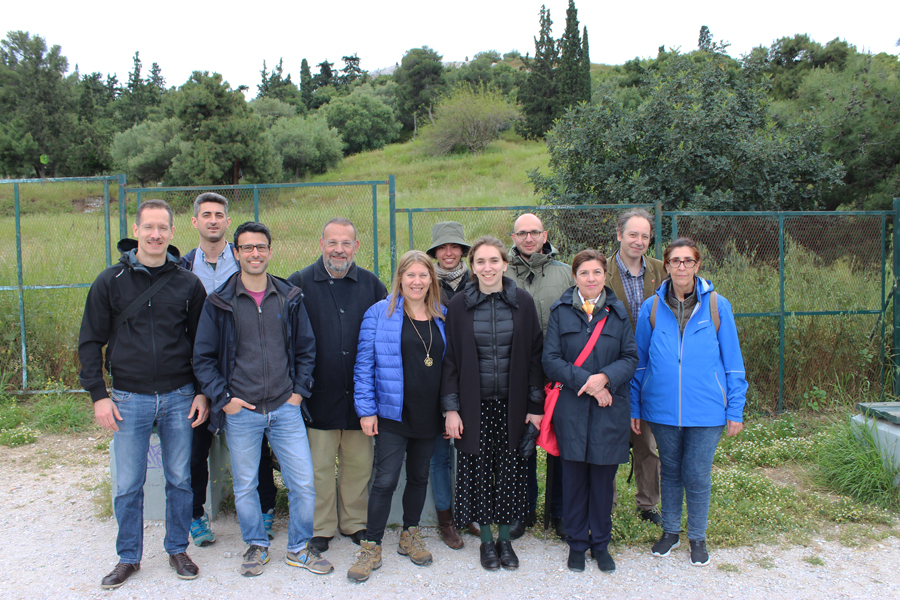Home
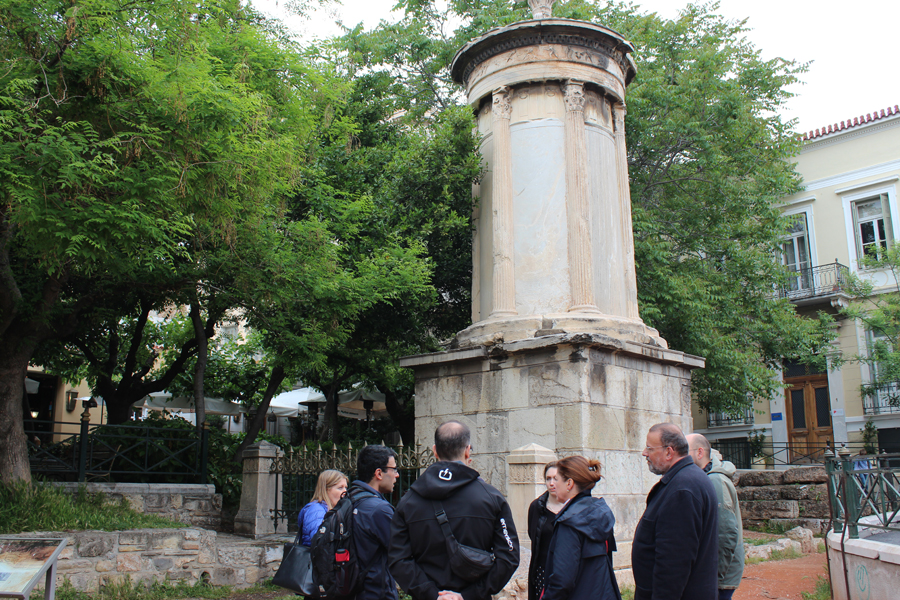

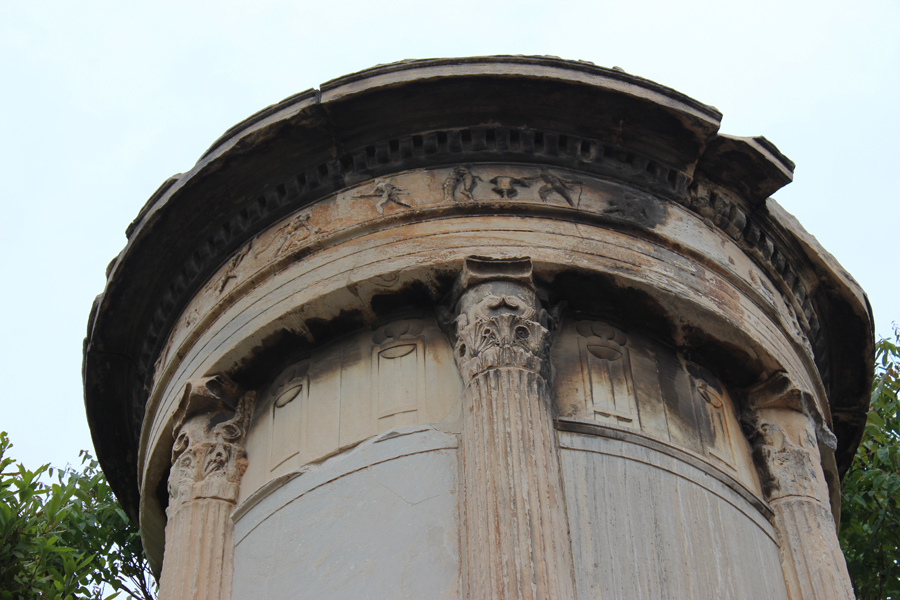
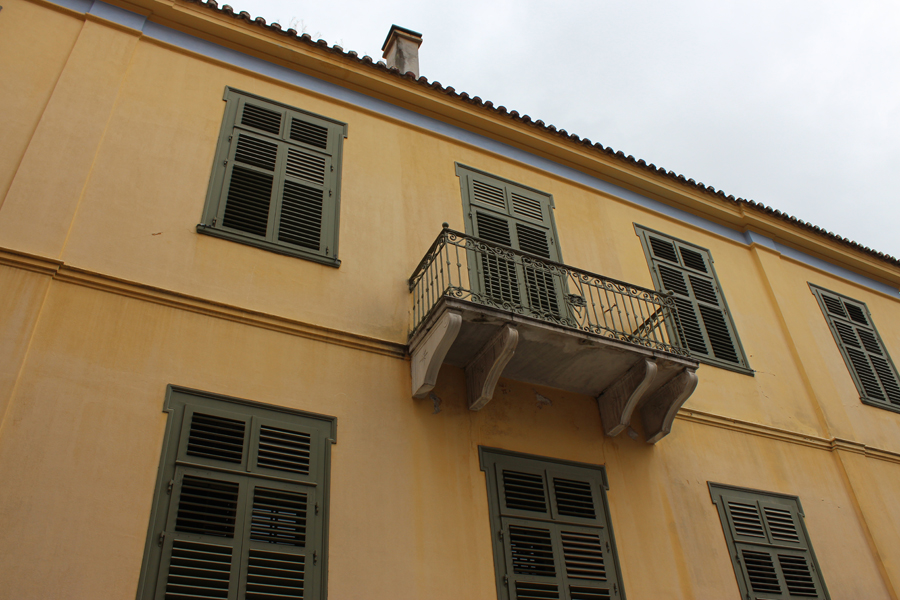
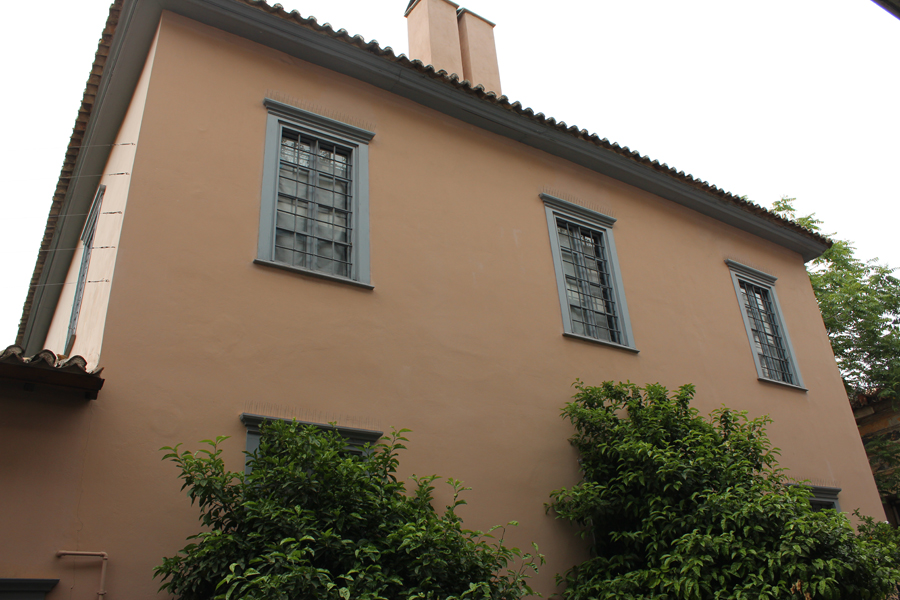
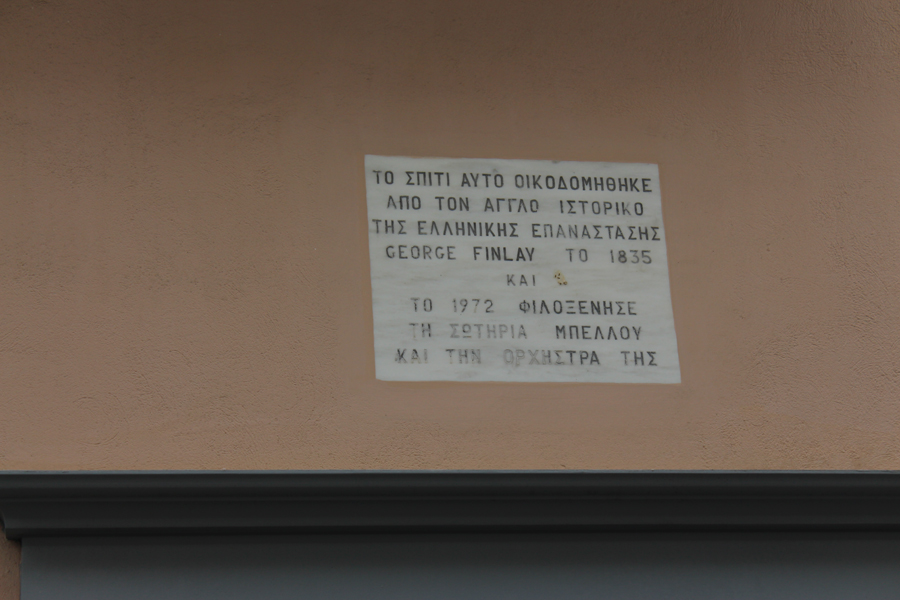

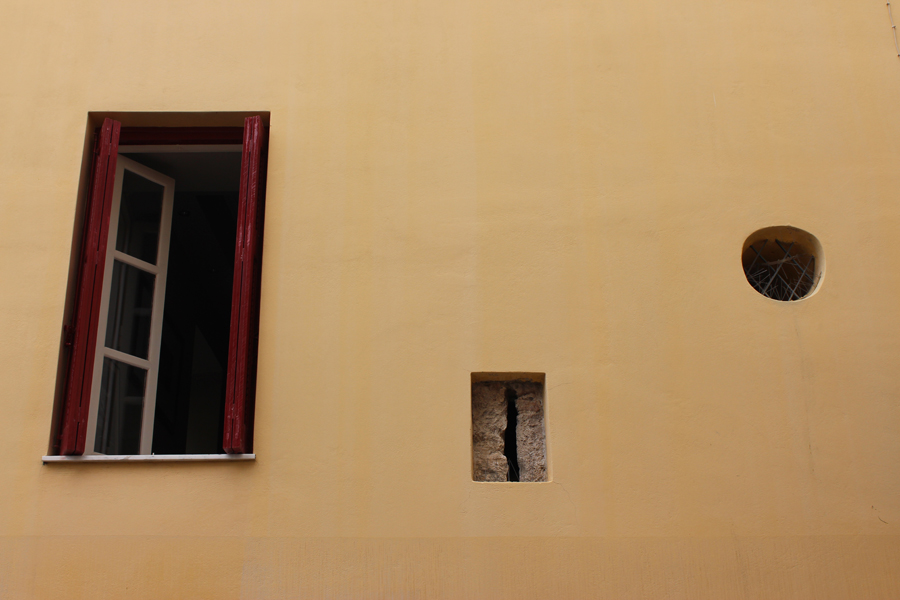
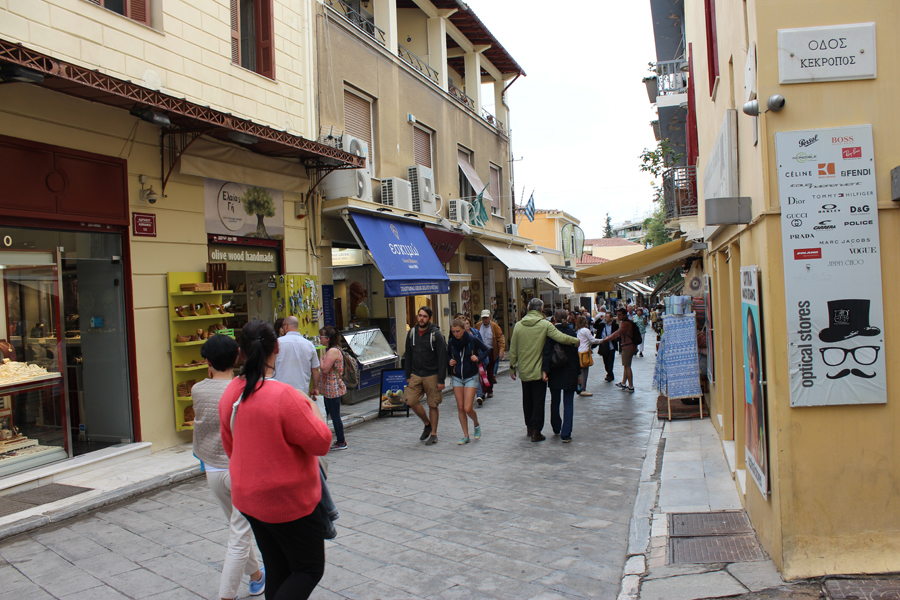
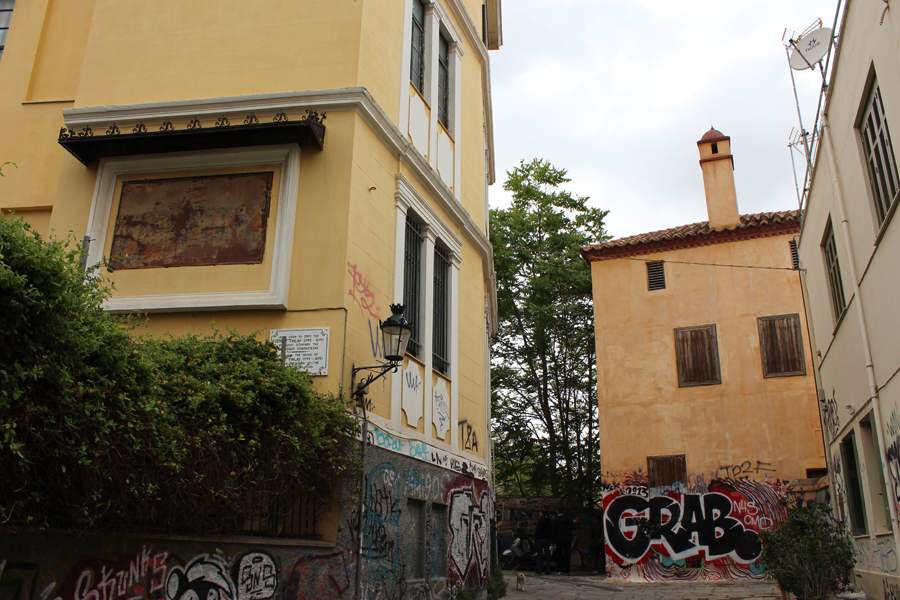
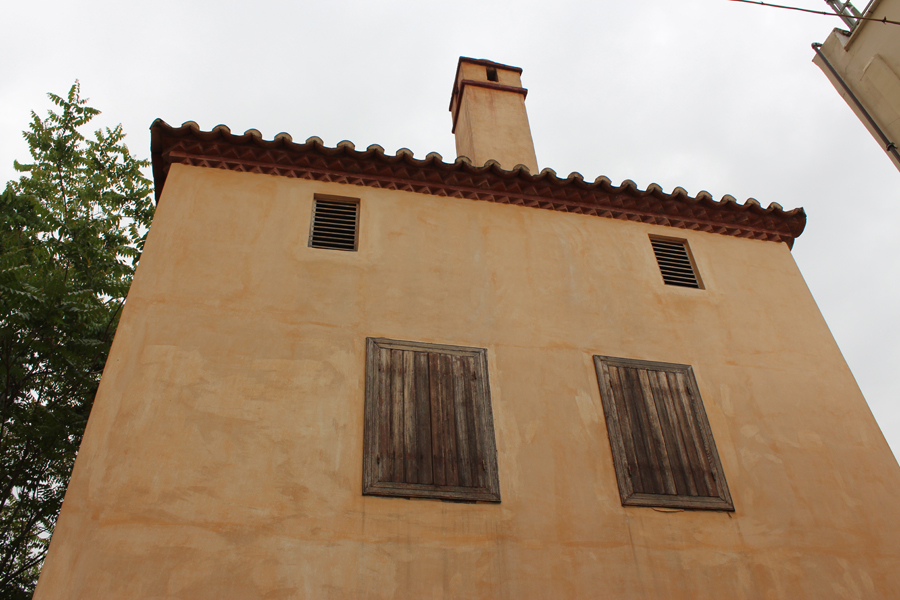
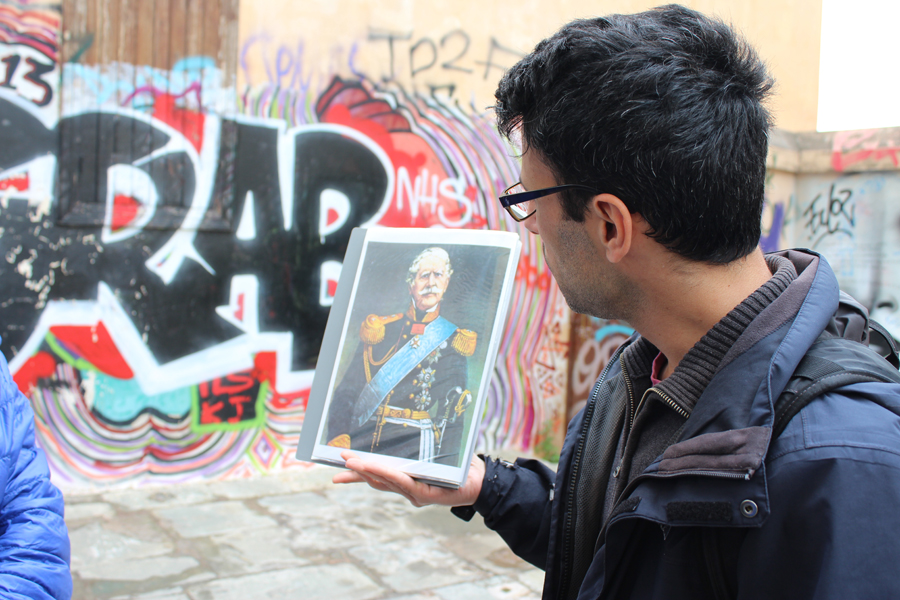

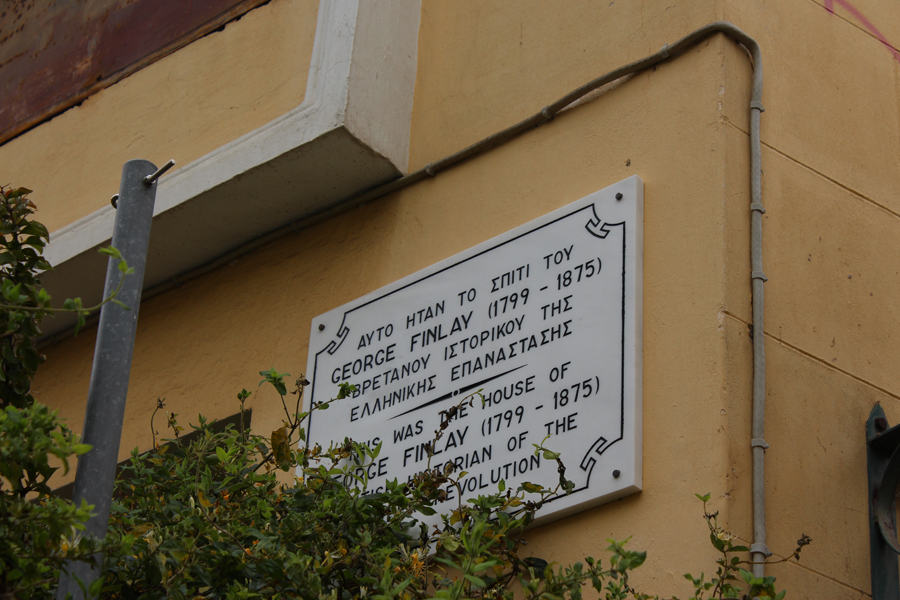
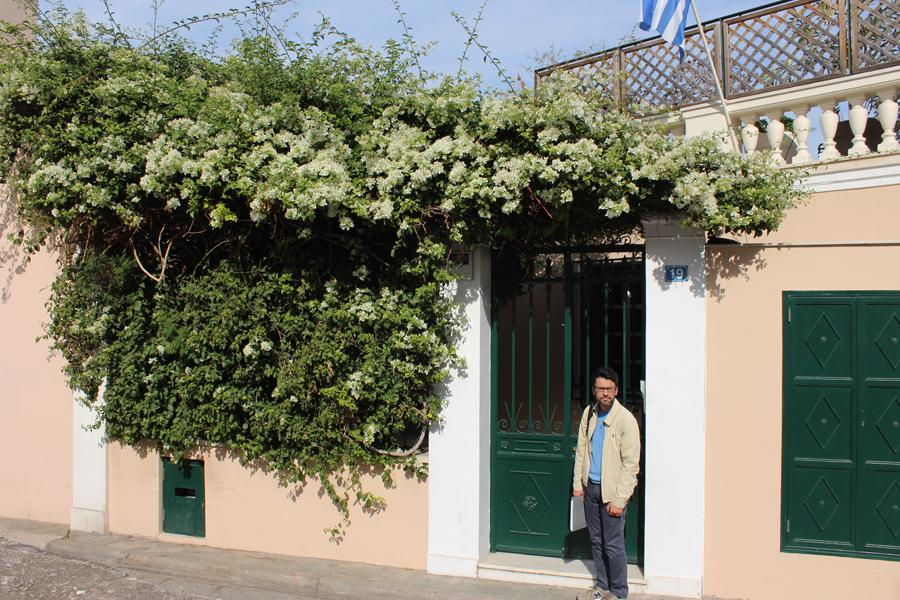
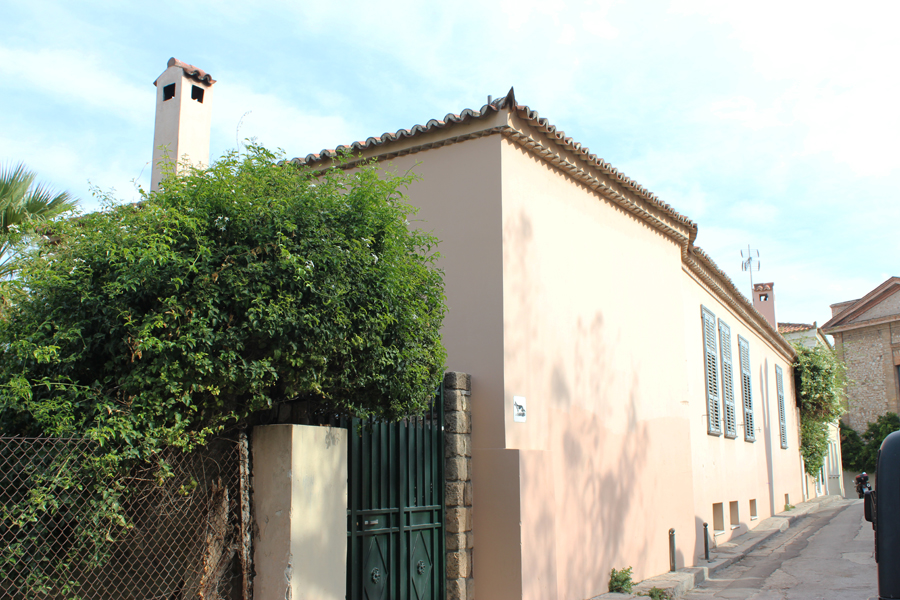
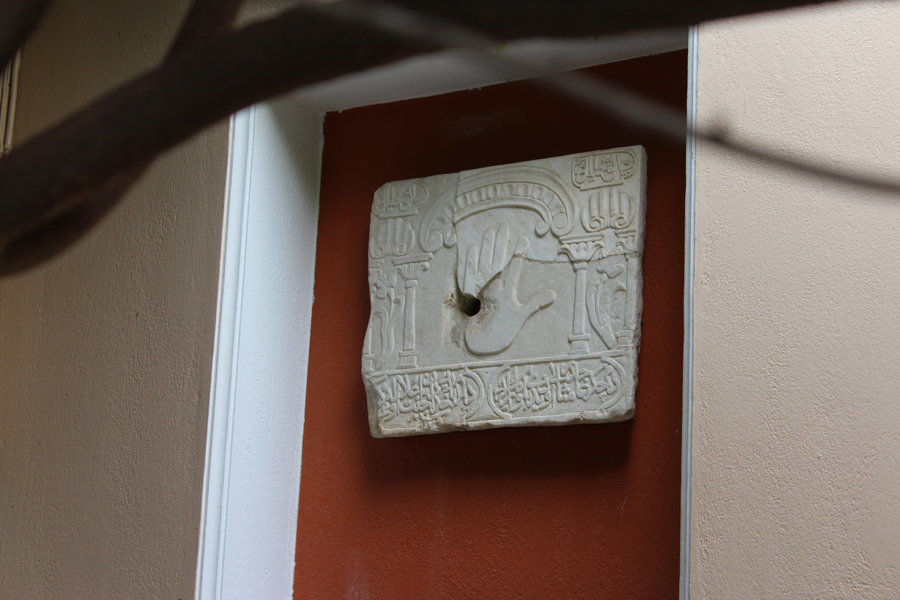
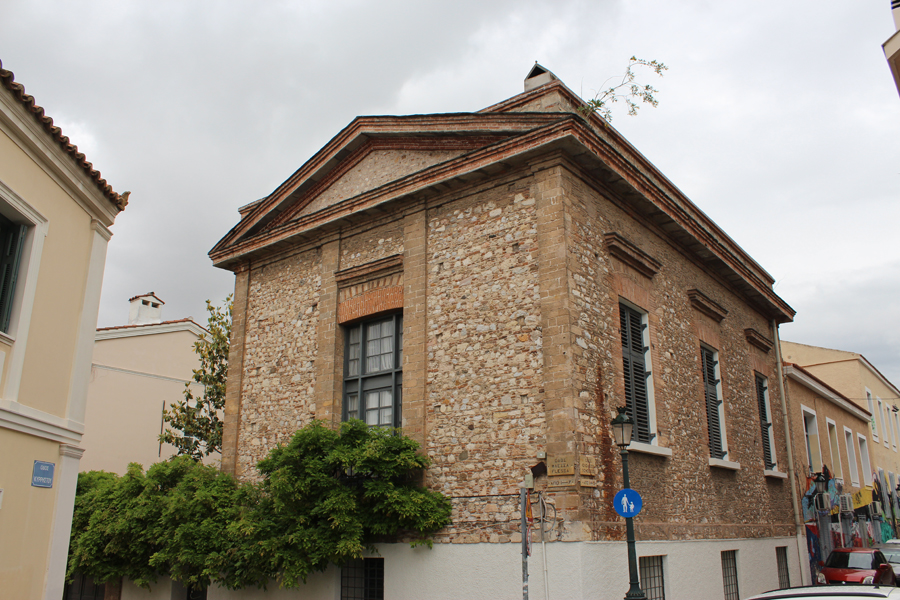
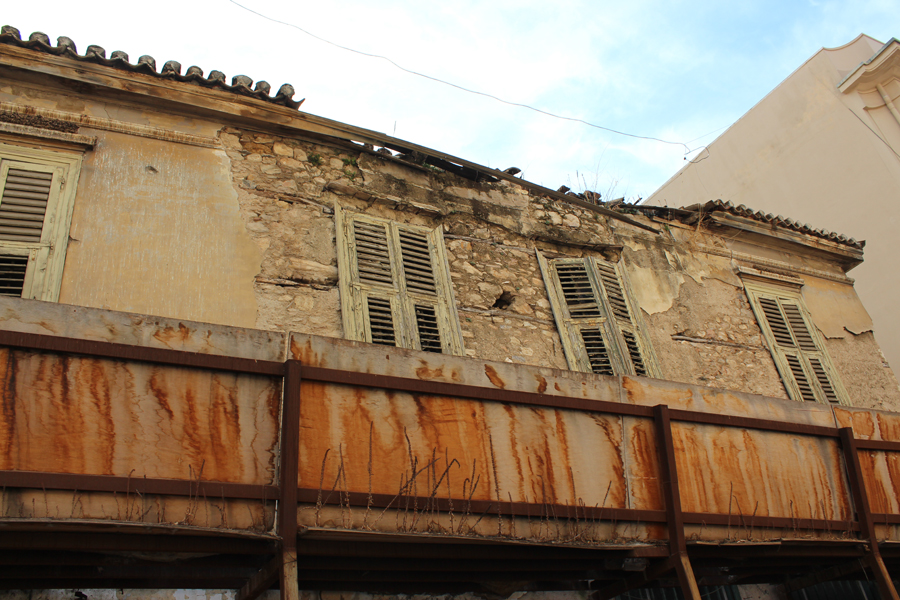
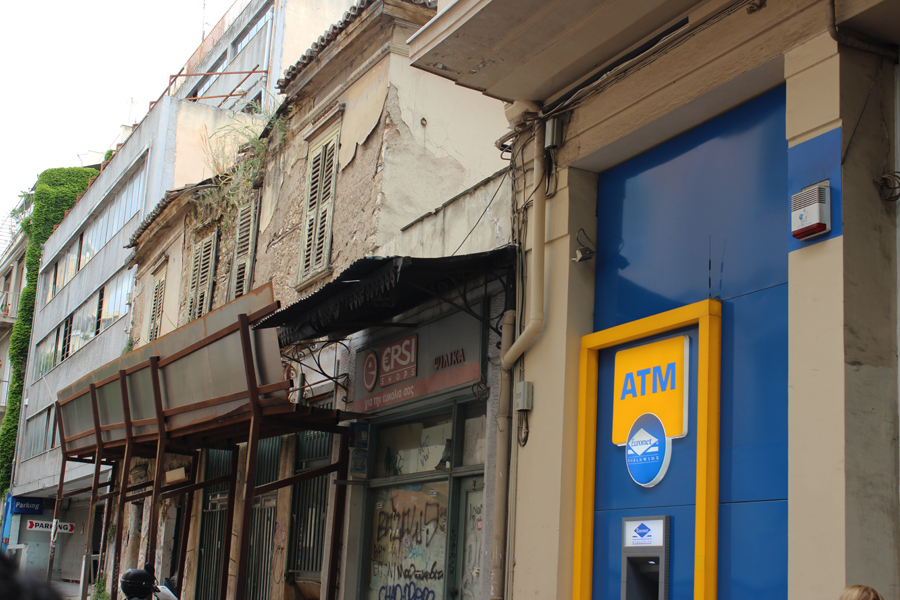
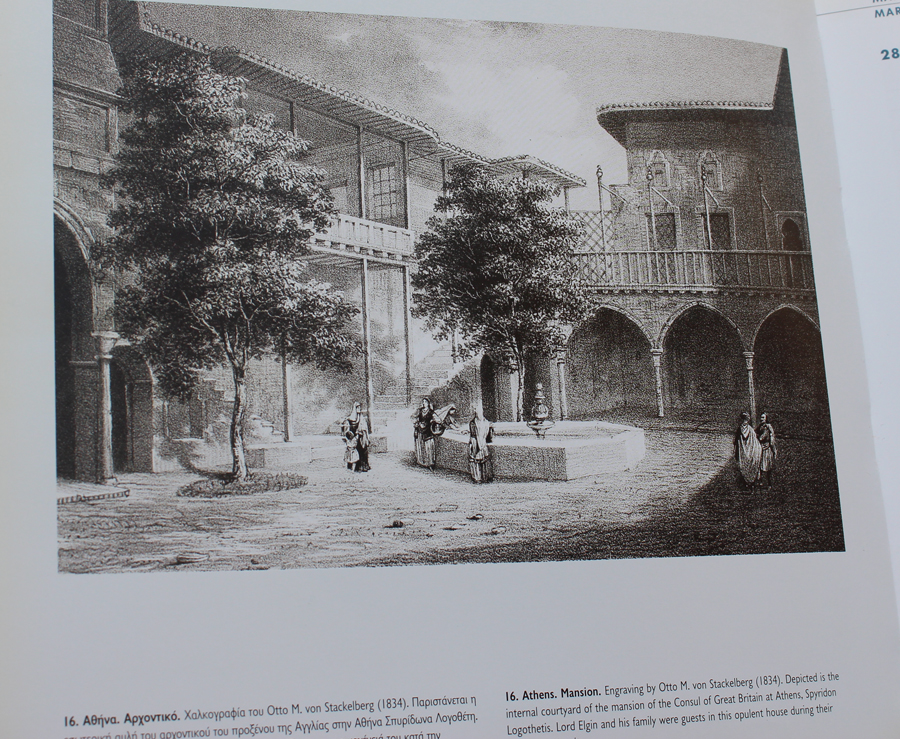
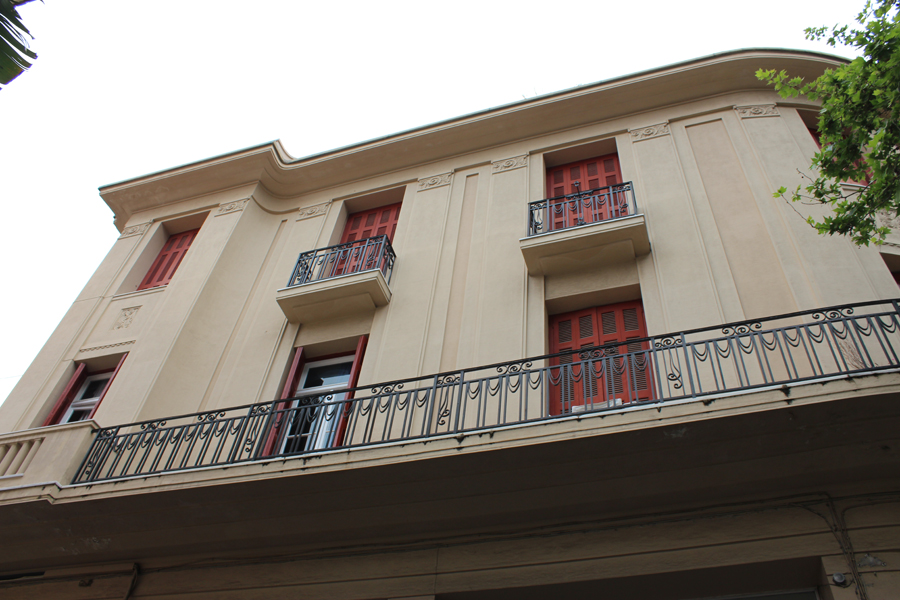
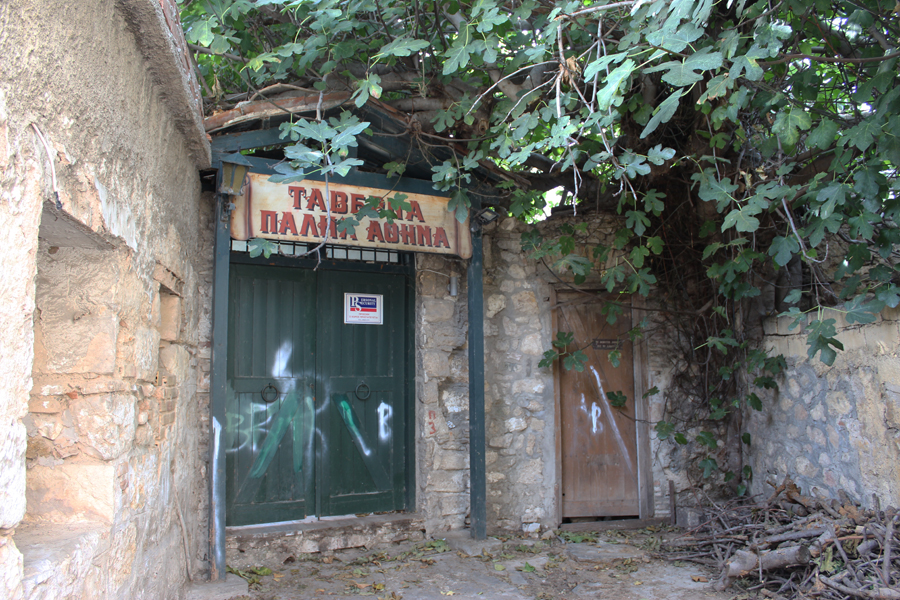
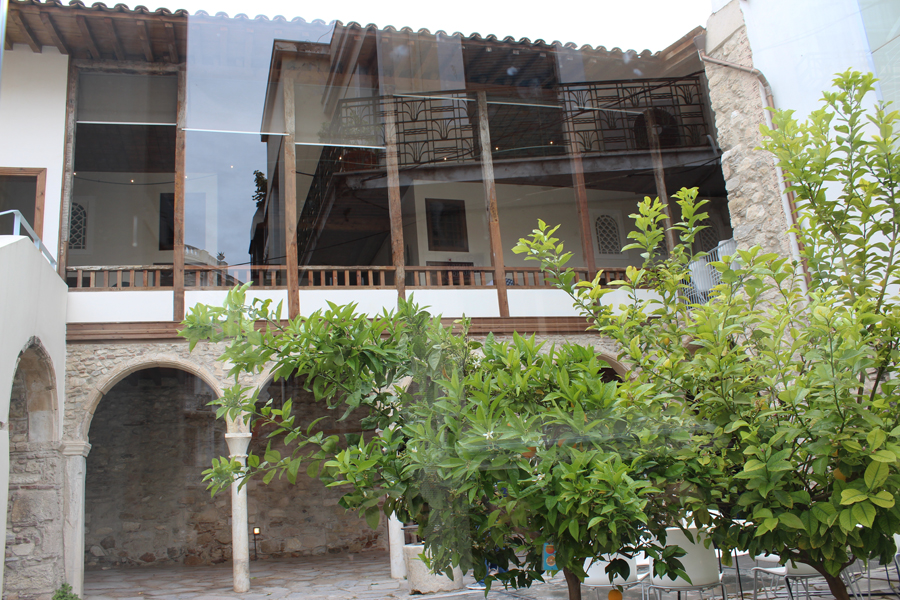
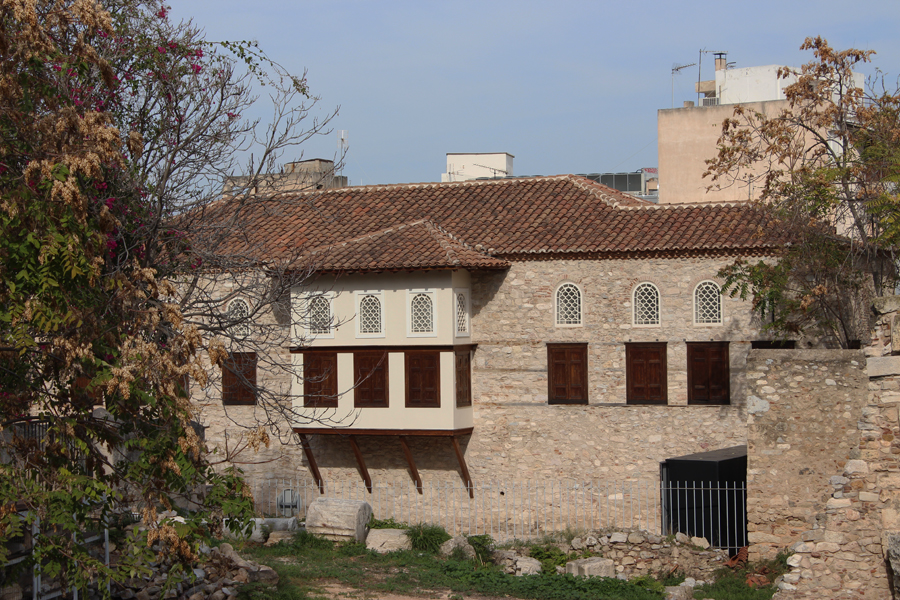
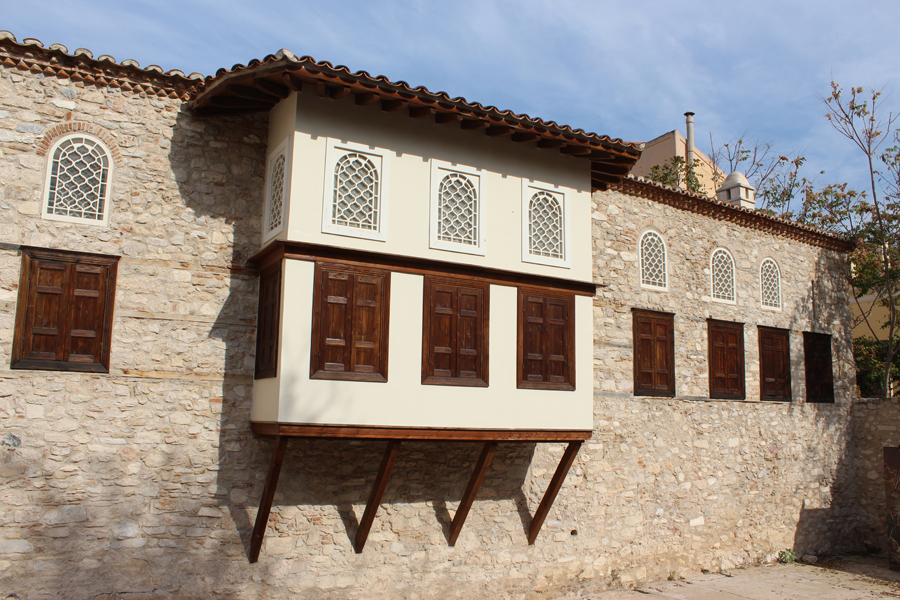
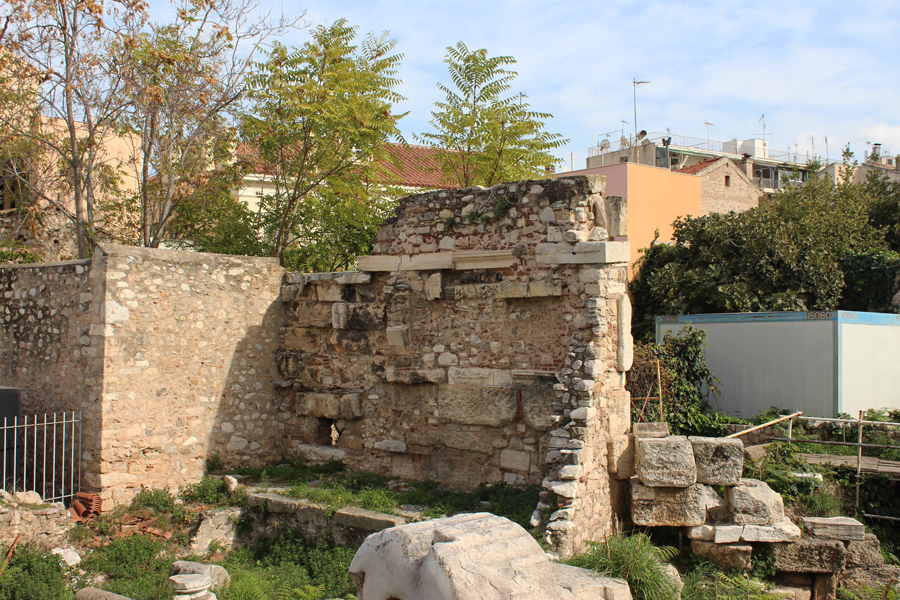
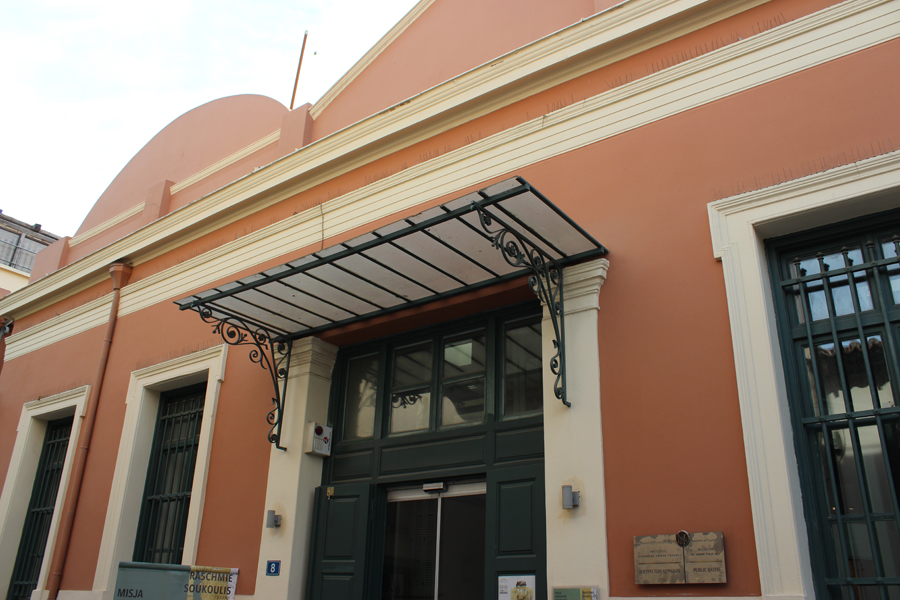
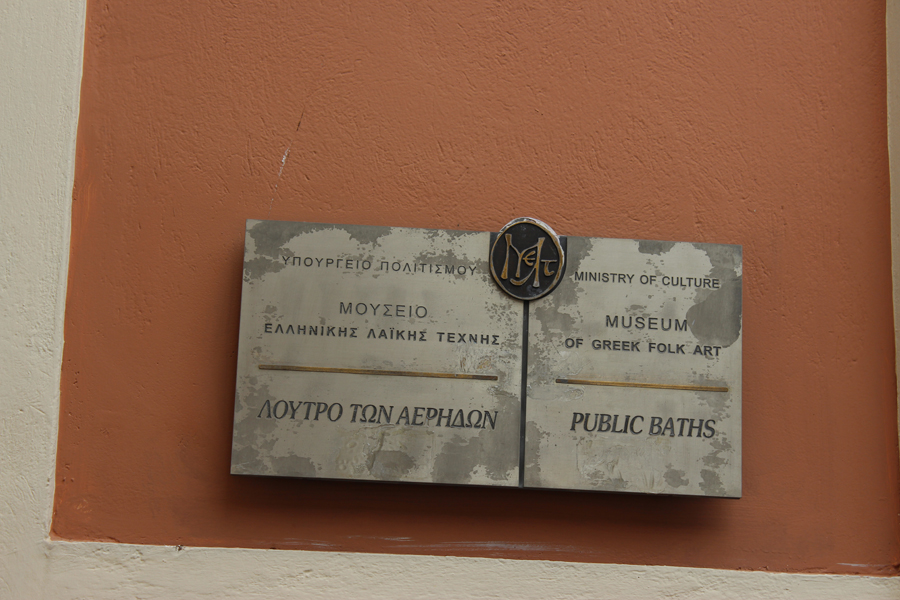
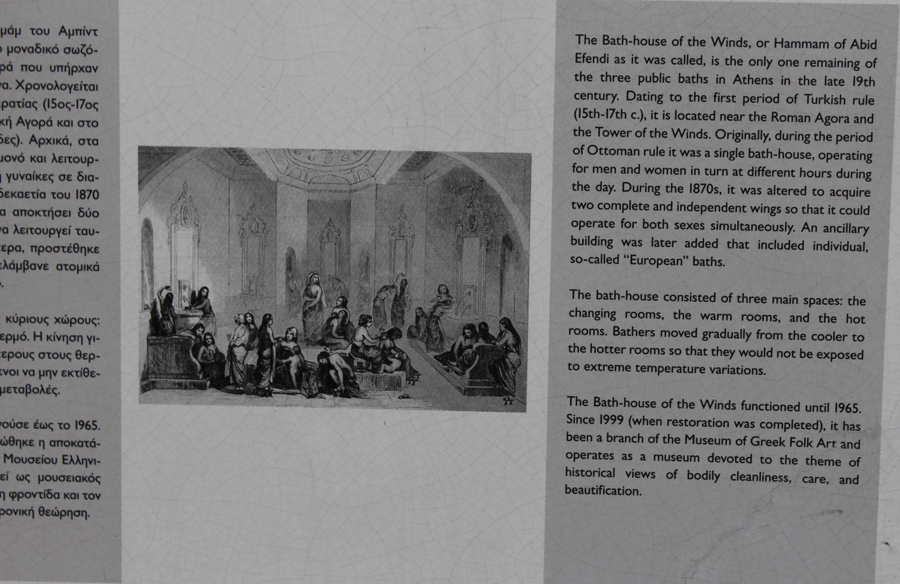
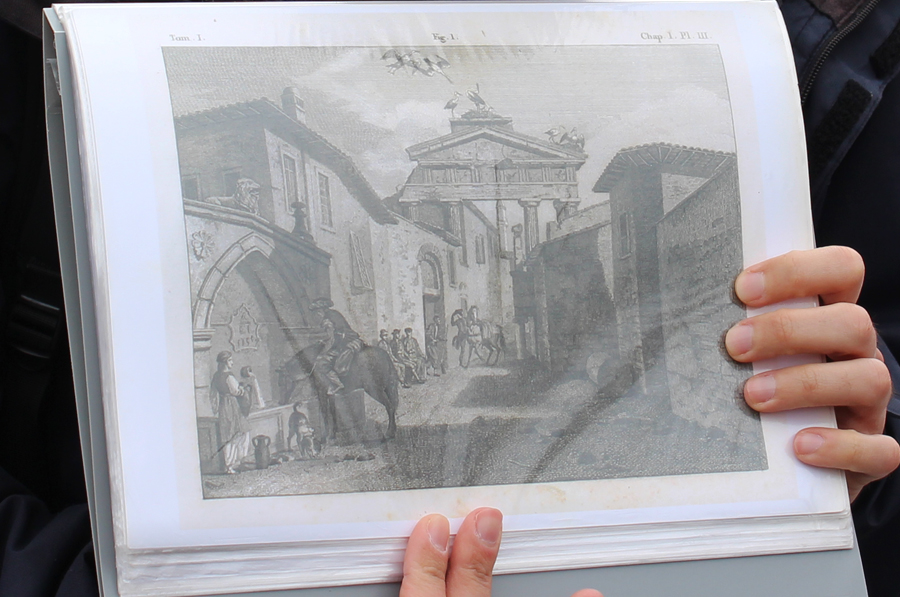
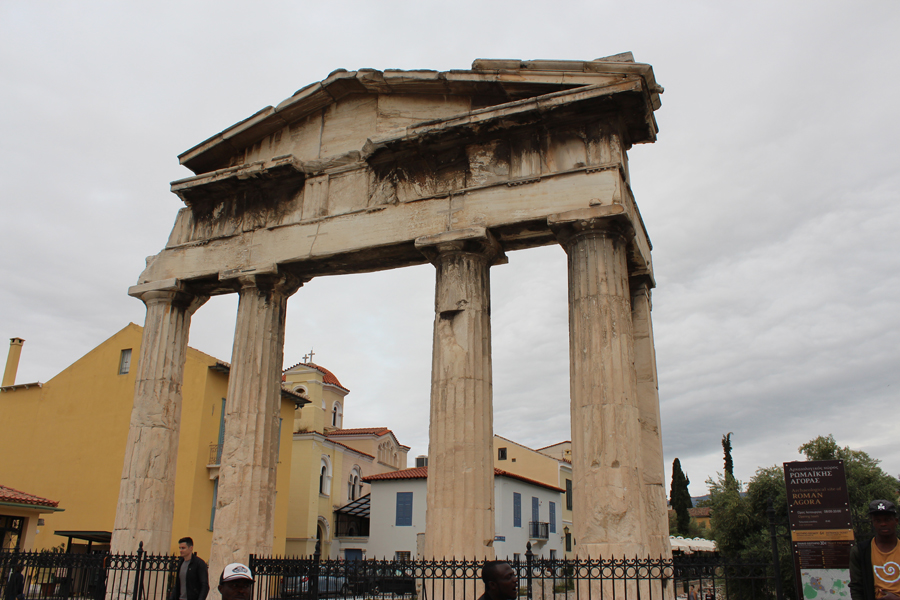
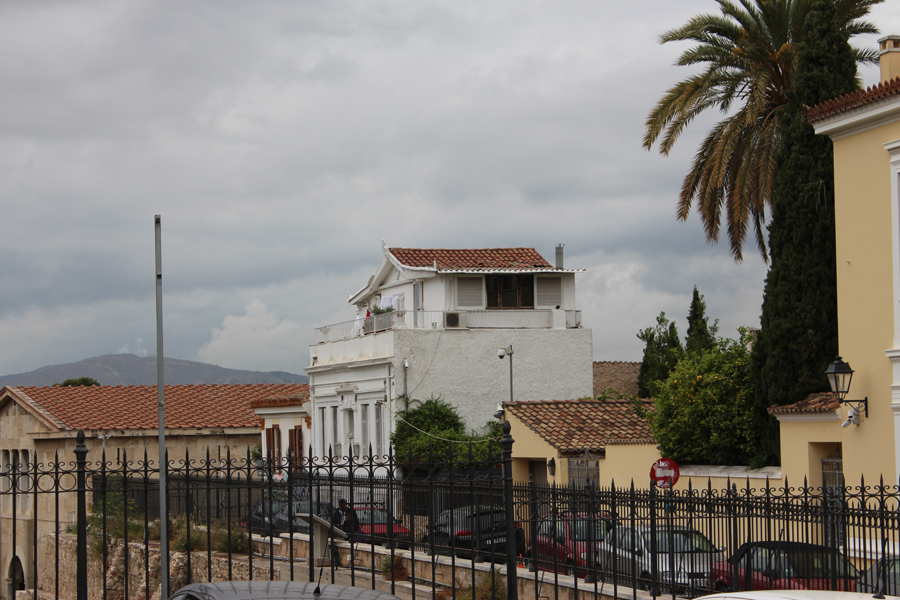
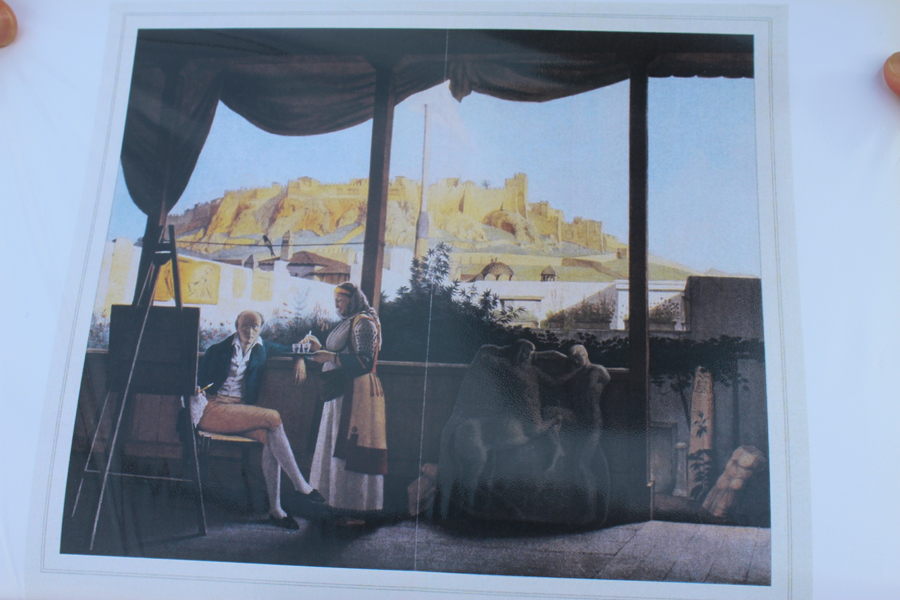
1st Levantine Heritage Foundation tour gathering in Athens with guest guide Nicolas Nicolaides: ‘Traces of Levantine Athens’, 4 May 2019 - flyer:


The travellers imagery used to reconstruct the disposition of the former Capucin Monastery. Legend has it that in 1815 Paul d’Yvrai, the French father superior of this Capuchins’ monastery brought some tomato seeds, together with other bulbs and seeds, to decorate the garden of the famous monastery with rare flowers. Thus tomatoes were probably first grown in mainland Greece in this former garden.


House of Alexandre de Roujoux a Frenchman who served in the Royal Bureau of Finance (Staatswirthschaftliches Bureau) of the Greek Kingdom and later as Consul of France in Syros. Roujoux was a was a man of vision and wanted to make the property that he bought in Pallene into an agricultural colony. The building today serves as the Centre for Asia Minor Studies.

The first George Finlay house.



The original narrow defensive openings of this tower revealed in the façade.

The thoroughfare along which an underground aqueduct allowed for a series of fountains in the past, allowing houses here to have running water, attracting speculators like Finlay.

The pair of George Finlay houses with the road blocking building with its observation tower.


Finlay’s eccentric tenant General Richard Church who never paid his rent.



The former Gaspari house who were French consuls in Ottoman Athens for many generations.

The narrow lower windows are a reflection of former first floor mostly lost through the rubble of the revolutionary destruction that covered most of Athens on which buildings rose or were restored with a consequent lower overall height.

A marble plaque of the ‘hand of fatima’ representing the 5 pillars of Islam, possibly removed from a nearby former mosque post-Ottoman period at the entrance of the Gaspari house.

This building was built by Jonas King a Congregational clergyman from the United States who worked as a missionary in king Otto’s Greece. King’s activities in Greece were interrupted by a spell of religious persecution and the school never functioned.

The former Mertrud house, rich French olive oil merchants. This house was rebuilt in the neoclassical style after the city-wide destruction during the course of the Greek Revolution.


The Ottoman style internal layout of the Mertrud house as it appears on an engraving by Otto Magnus von Staceklberg, a Baltic German archeologist who lived in Greece from 1810 to 1813, participating in various archeological digs. During his sojourn in Athens von Staceklberg became acquainted with the local Levantine community and made detailed plans of their mansions.

Adjoining modern art deco style building built by later generation of the Mertrud family in the 1930s on the lot formerly occupied by the Mertrud house immortalized by von Staceklberg.

The main entrance to the former Gaspari house showing the protective walls all around the court-yard style arrangement.

The former Benizelos house with its Ottoman style open rooms facing the central courtyard.

The rear façade of the Benizelos house restored back to its Ottoman level, removing its later neo-classical stuccos and symmetric windows.


The former ancient defensive walls of the city also served as boundaries of estates, many with their own oil presses, like in this Benizelos property.

The former Ottoman bath house to which all communities, including the Europeans came to pamper themselves.



An Ottoman period engraving by British travelers James Stuart and Nicholas Revett showing the French consul (with European style hat) sitting by the bazaar with the gate of the Roman Agora at the backdrop.


The white building is situated at roughly the spot the former French Consulate stood before the city’s destruction during the Greek Revolution. The Athens consulates back then were primarily a means of facilitating the rush for antiquities between the various Western powers as trade levels were relatively low in the region.

